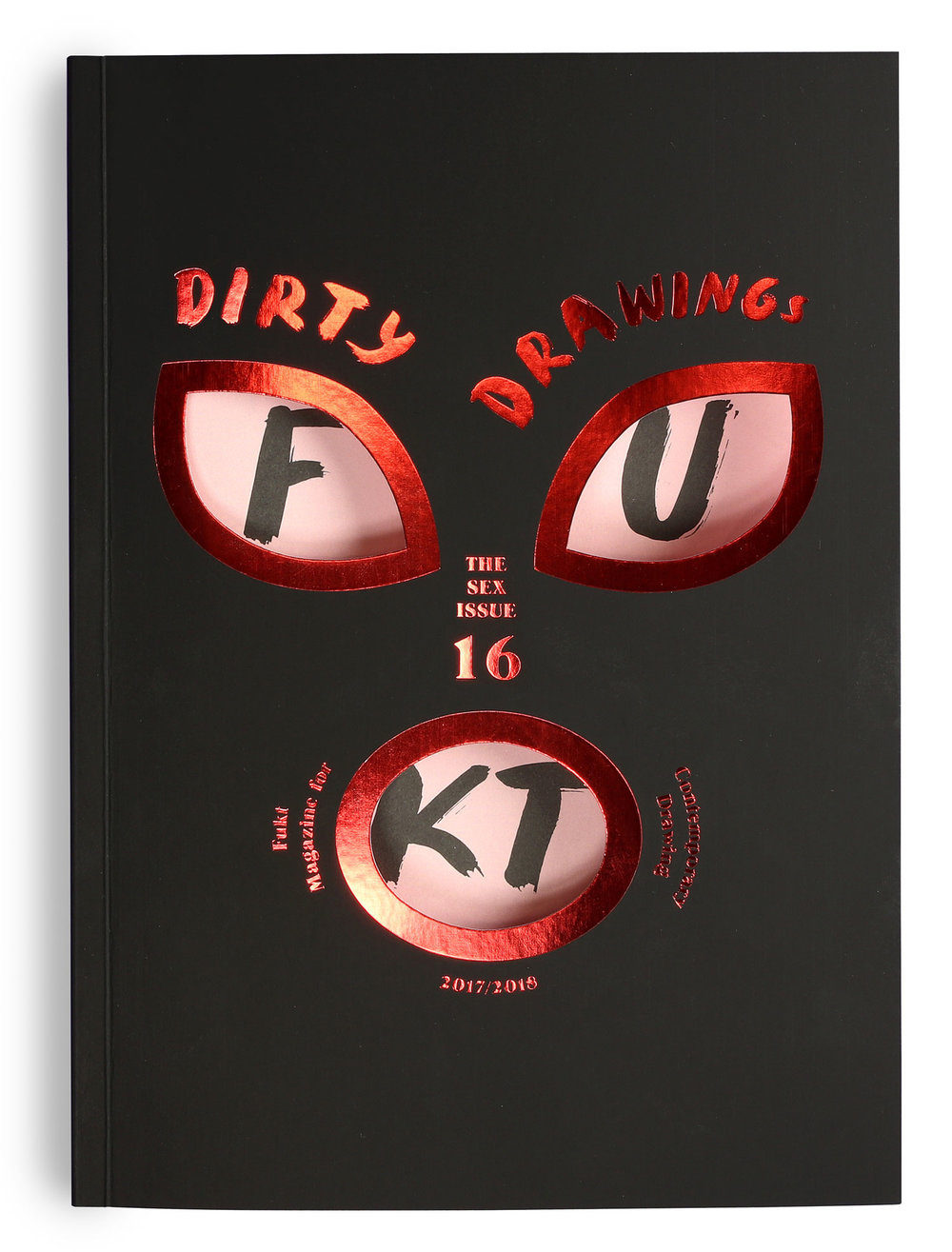SQSP TESTING
ART
The following is placeholder text known as “lorem ipsum,” which is scrambled Latin used by designers to mimic real copy. Mauris egestas at nibh nec finibus. Class aptent taciti sociosqu ad litora torquent per conubia nostra, per inceptos himenaeos. In sit amet felis malesuada, feugiat purus eget, varius mi. Donec ac fringilla turpis. Vivamus sit amet semper lacus, in mollis libero.
Maria Volokhova
Still Life Stories - The Golden Spittle
The new chapter in Volokhova's porcelain series "Still Life Stories".
The installation of different multifunctional food cases "The Golden Spittle" plays on the inconsistency, transitory and ephemeral nature of food and explores the impact of decay. Serving plates, bowls and cups take the shape of lively animals and cadavers at the same time. The vessels however show organic and abstract forms of the inner body.
It is an experimental dinner party where the guests are nobody less than porcelain animals!
Challenging traditional practices, Maria Volokhova’s porcelain sits at the borderline between art and design as well as on the frontier between the functional and the figurative. Volokhova Porcelain has been based in Berlin since 2010.
AK5
Mathímata
AK5 is a curatorial project and duo co-founded in Berlin. Their curatorial focus is based on conceptual narratives and the reconfiguration of story telling; whether it comes in the form of digital or traditional platforms. A great deal of light on the human condition can be elicited from the rich matrix of human history interpreted in the light of the newly evolving disciplines, and it is in this spirit that the present study of Greek mythology is undertaken. In regards to the arts, AK5 has sought to add to this dialogue through mathímata, by utilizing the direct translation of “lessons”, the curatorial duo invites WoMA onlookers to take into account classic lessons presented in a contemporary context.
Artists:
Katy Stubbs (UK)
Lightwriter (CA/FR)
Nadja Schütt (DE)
Ashiq Khondker (USA)
FUKT #16
The Sex Issue
Fukt is an annual magazine for contemporary drawing, established in Trondheim, Norway in 1999 and based in Berlin since 2001.
Founded by editor Björn Hegardt, the magazine has featured the likes of David Shrigley, Keith Haring, Tracey Emin, Raymond Pettibon, Louise Bourgeois and William Kentridge alongside new and exciting artists over its span of 16 issues. Ariane Spanier has been taking care about the design since 2006. She constantly pushed the aesthetic in a new direction.
Issue 16 entitled The Sex Issue, features the work of 23 artistic positions focusing on erotic contemporary drawing.
Federico Testa
Acrylic, Marble and Paper
Federico Testa is an Italian visual artist, born 1982 in Bologna, based in Berlin since 10 years. He studied photography and raised a fascination with light, color and surrealism.
He now reflects this enthusiasm in his works by playing with various media such as painting and photography.
At WoMA he presented a selection of his works: acrylic on marble as a high res photographic print and acrylic on paper as original paintings.
Stini Röhrs
Waldungen
One third of Germany is covered by forest.
A landscape of longing since German romanticism, a place for recreation and leisure but also a site full of legends and gloomy beings.
The forest is a real place, still its true greatness is found in its symbolism. An inner place whose mysticism affects the subconscious of the beholder.
Its symbolic meaning becomes clear when one considers that 95% of the German forest is timber, a place where the last monster was slayn a long time ago. The forest as such, however hasn’t lost its mysterious spirit. Even though the density of forests in Germany is still quite high,
the German forest love can not relate to that alone. National identity and construction are closely intertwined and this seems to be independent
of concrete forest experiences.
Camille Ledo Nibas
Drawings
After his studies in visual communication, camille decided to concentrate his communication more heavily on visual art.
Forever fascinated by human anatomy, he is a continual observer of human faces — most often during interminable post-work Berlin metro rides — seeking to discover which details and expressions make a person look good or less good; more masculine or feminine.
Thanks to these visual researches and thousand of sketches he manage to develop his own perception of the human body.
At WoMA he presented a selction of his early works. The unfinished style engages the viewer to observe the image in a visceral way. It demands a creative and imaginative occupation within the picture.















